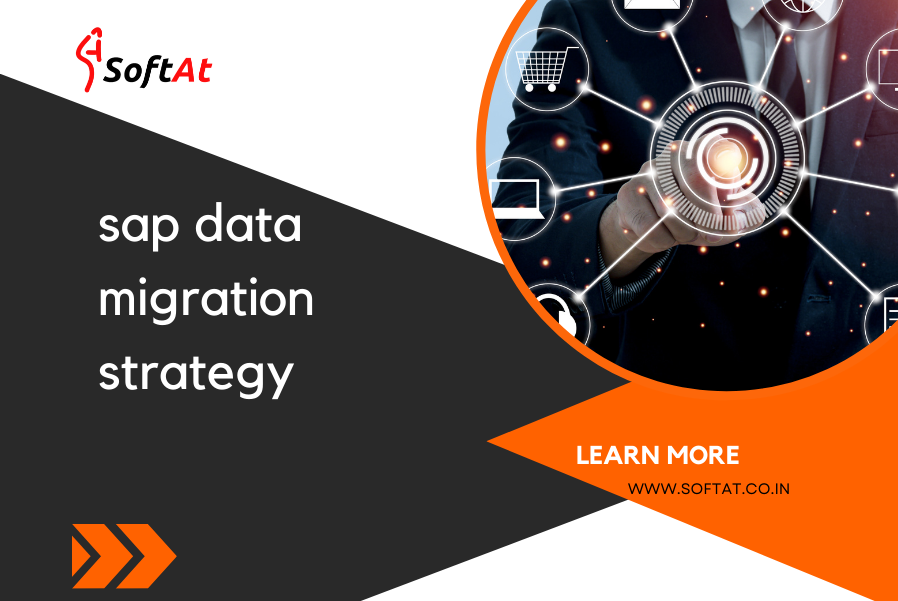Introduction to sap data migration strategy
In the ever-evolving world of business technology, SAP (Systems, Applications, and Products) stands out as a robust and versatile platform that streamlines operations and enhances productivity. However, transitioning to SAP or upgrading an existing SAP system requires a well-thought-out data migration strategy. In this blog, we will explore the critical components of a successful SAP data migration strategy and why it’s essential for your business.
The Importance of SAP Data Migration
Data migration is the process of transferring data from one system to another. In the context of SAP, it involves moving data from legacy systems or earlier SAP versions to a new SAP environment. The reasons for data migration can vary, including system upgrades, business expansion, or mergers and acquisitions. Regardless of the motive, a solid data migration strategy is vital for several reasons:
- Data Integrity: Ensuring that data is accurate, complete, and consistent after migration is crucial for business continuity.
- Business Continuity: Minimizing downtime during the migration process is essential to maintain operations and customer satisfaction.
- Compliance: Many industries have strict data governance regulations. A well-executed migration strategy helps maintain compliance.
- Cost Efficiency: Efficient data migration reduces costs associated with errors, rework, and system downtime.
Key Components of a SAP Data Migration Strategy
- Assessment and Planning: Begin with a comprehensive assessment of your existing data, identifying what needs to be migrated and the quality of the data. Establish clear migration objectives, timelines, and budget constraints.
- Data Cleansing: Before migration, it’s crucial to clean and standardize your data. Eliminate duplicates, correct errors, and ensure consistency.
- Data Mapping: Create a detailed map of how data will be moved from source to target systems, specifying data transformations and data validation rules.
- Testing: Rigorous testing is essential to identify and rectify any issues before the actual migration. This includes unit testing, integration testing, and user acceptance testing.
- Data Validation: Implement validation processes to confirm data accuracy and completeness post-migration. Establish clear criteria for success.
- Data Backup: Ensure you have a reliable backup of all data before initiating the migration process. This provides a safety net in case of unexpected issues.
- Data Migration Tools: Choose the appropriate data migration tools or software that align with your migration strategy and SAP environment.
- Training and Change Management: Train your team on the new SAP system and data migration processes. Effective change management helps ensure a smooth transition.
- Documentation: Keep detailed records of the entire data migration process, including any issues encountered and their resolutions.
- Post-Migration Support: Be prepared to provide support to users and address any issues that may arise immediately after migration.
While SAP data migration can be a complex undertaking, adhering to best practices can help overcome challenges:
- Data Quality: Prioritize data quality by cleansing and validating data to ensure accuracy.
- Data Security: Protect sensitive data during migration by implementing robust security measures.
- Resource Allocation: Allocate adequate time, budget, and skilled personnel to the migration project.
- Risk Mitigation: Identify potential risks and develop contingency plans to minimize disruptions.
- Continuous Monitoring: Monitor the system after migration to address any unforeseen issues promptly.
Conclusion
SAP data migration is a critical phase in adopting or upgrading your SAP environment. A well-executed data migration strategy not only ensures data integrity but also minimizes business disruptions and supports compliance requirements. By following best practices and maintaining a detailed plan, your organization can successfully navigate the data migration journey, leveraging SAP’s powerful capabilities to drive business growth and efficiency.
Free Bonuses:
Benefits Of SAP S4 HANA In Big Data Processing And Analytics





